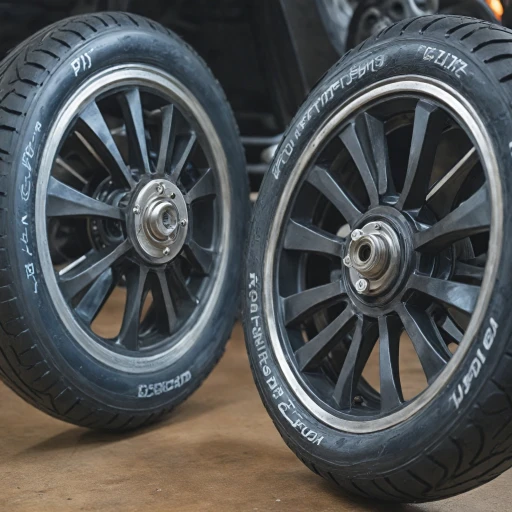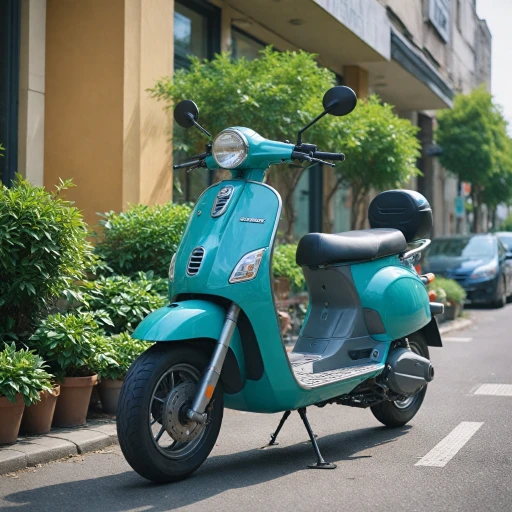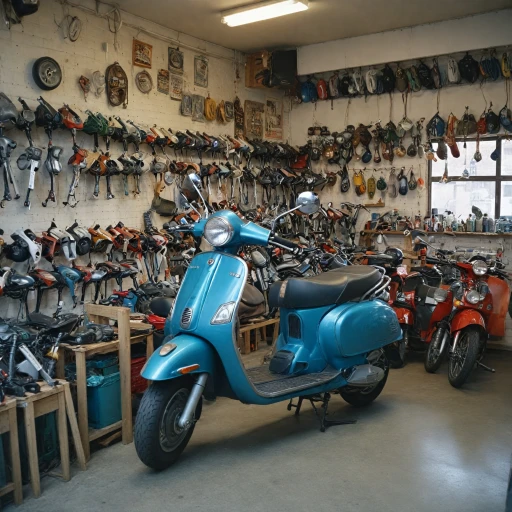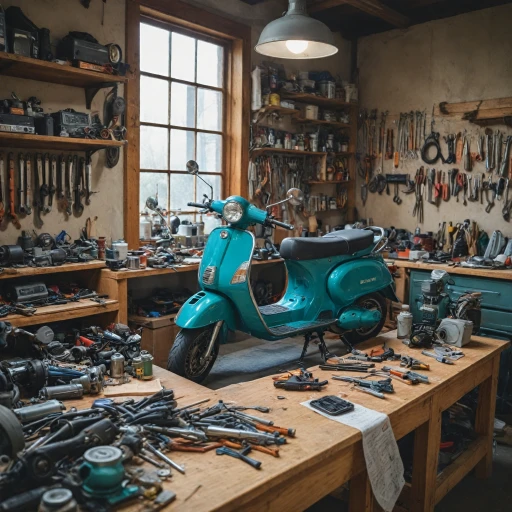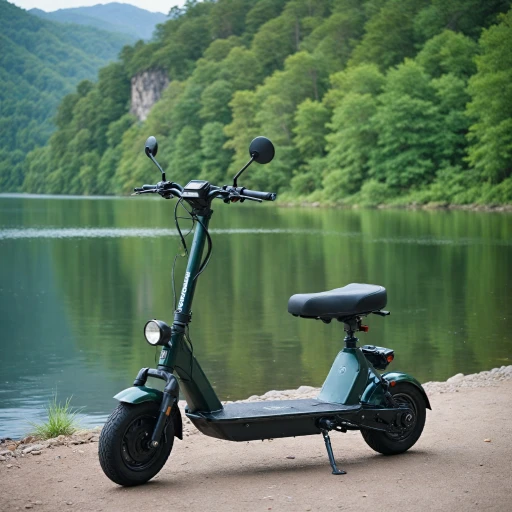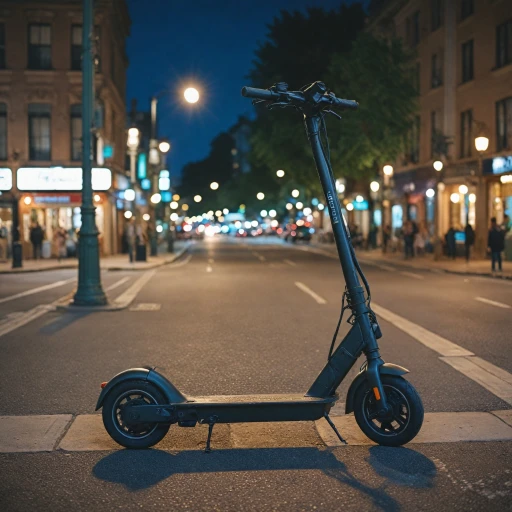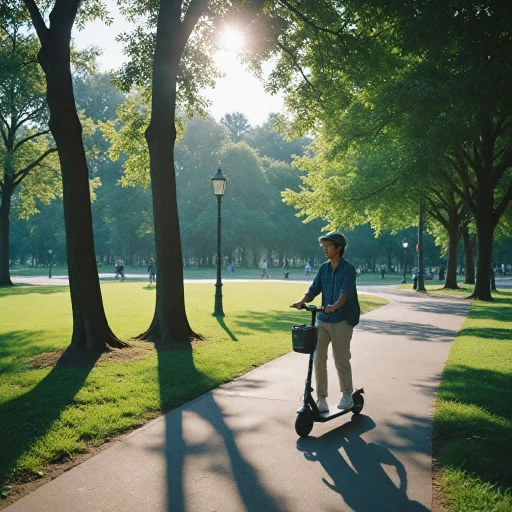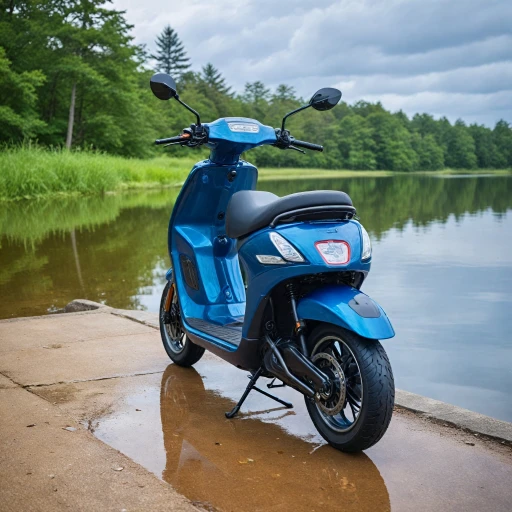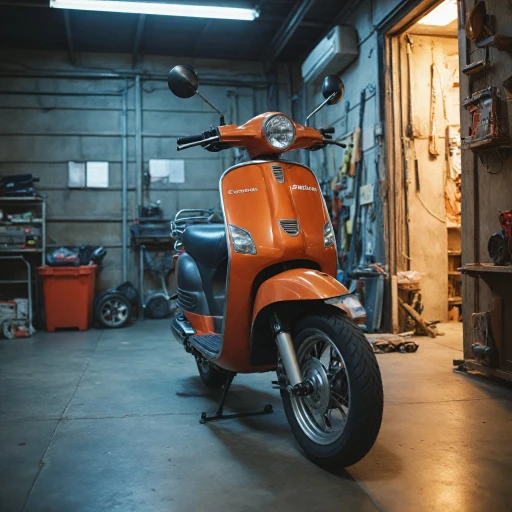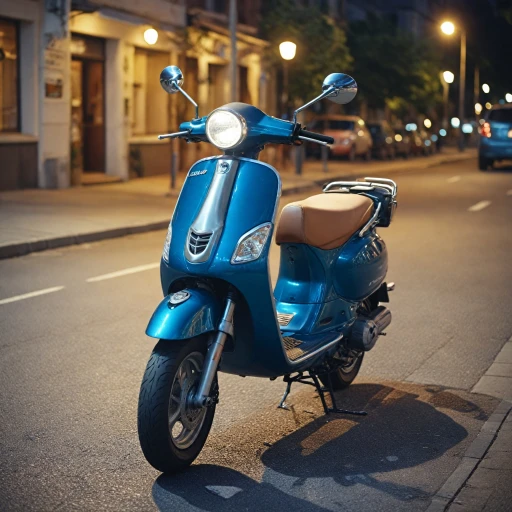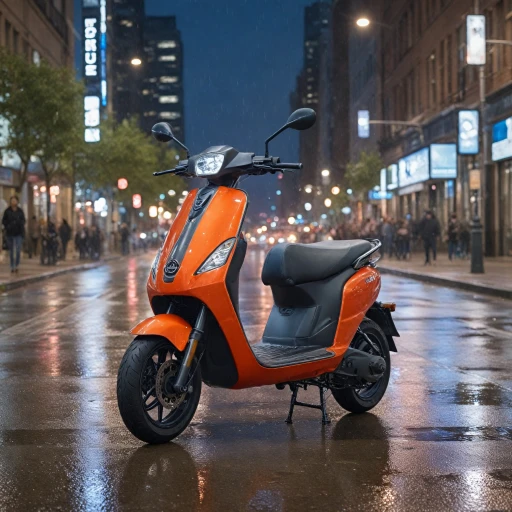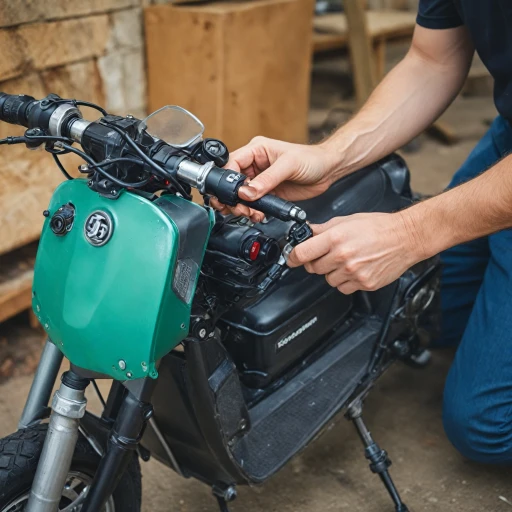
What Does Waterproof Mean for Electric Scooters?
The Meaning of "Waterproof" for Electric Scooters
When it comes to understanding what "waterproof" means for electric scooters, it's crucial to delve into the nuances of water resistance and protection against the elements. Electric scooters have become a popular mode of transport, especially in urban areas where lightweight, speedy travel is treasured. However, not all scooters are created equal when it comes to facing environmental challenges, such as rain and wet riding conditions. The term "waterproof" is often misunderstood in the context of electric scooters. In essence, it refers to the scooter's ability to resist water penetration to some degree, which is essential when riding in different weather conditions. For instance, the ability to withstand light rain without compromising the scooter's components is a key feature for many riders. However, it's important to note that most scooters are not designed to be completely impervious to water, especially under conditions involving high-pressure water jets. The distinction lies in the level of water resistance, defined by various factors including construction and materials. Potential buyers must understand this distinction to avoid water damage during use. Reading the benefits of a waterproof electric scooter can provide more insights into what protection measures are offered by different models. By comprehending these elements, riders can make informed decisions and select the best scooters for their needs, particularly if riding in challenging weather conditions such as wet weather or light rain is inevitable.The Importance of IP Ratings
Decoding IP Ratings: What You Need to Know
Understanding the waterproof capabilities of electric scooters involves a key factor: the Ingress Protection (IP) rating. This rating provides insight into how well a scooter is shielded from water and dust, essential for anyone planning to ride in less-than-ideal weather conditions. IP ratings consist of two digits. The first digit pertains to protection against solid objects like dust, while the second indicates the scooter’s resistance to water. For instance, a rating of IP67 means full protection from dust and temporary water immersion. When selecting a scooter for wet conditions, focus on the second digit. Ideally, a rating of IP54 or higher is beneficial for enduring light rain or wet surfaces typically encountered during a ride. It's essential to remember that an IP rating isn’t an invincibility cloak against water damage. Prolonged exposure to high-pressure water jets or complete immersion is still risky. Evaluating scooters with higher resistance ratings ensures a safeguard against unexpected rain or splashes during a ride. Consistently checking these ratings can significantly mitigate the risk of water damage to your electric scooter. For a deeper dive into the benefits of waterproof electric scooters, understanding these protections can greatly enhance your riding experience.Common Misconceptions About Waterproof Scooters
Unraveling Scooter Water Resistance Myths
While electric scooters have surged in popularity as a convenient mode of transport, there's a fair amount of confusion surrounding their water-resistant capabilities. Many riders mistakenly believe that a waterproof rating means their scooter can be used without limitations in wet conditions. This common misconception can lead to issues if not thoroughly understood.
Firstly, it's important to distinguish between waterproof and water-resistant. A scooter's water resistance rating typically indicates how well it can withstand exposure to water, not complete submersion. For instance, a scooter with a strong resistance rating may handle light rain or splashes from water jets but might still be susceptible to high pressure water or prolonged exposure.
Another myth is that all electric scooters with a resistance rating are equally protected. The truth is that ratings vary; some are better suited for wet weather, capable of handling a ride in light rain, while others are more vulnerable. It's crucial to consider factors like the quality of seals around sensitive areas and the overall build quality when evaluating a scooter's resistance capabilities.
Moreover, even if a scooter boasts solid water protection, it's not entirely immune to potential water damage. Continuous exposure to wet conditions could lead to component wear over time. Riders should remain cautious and take proactive steps to protect their scooter. For tips on how to safeguard your scooter or deal with any arising issues, consider finding reliable e-scooter repair services nearby.
How to Protect Your Electric Scooter from Water Damage
Ensuring Your Scooter Stays Dry
Protecting your electric scooter from water damage is crucial, especially if you frequently ride in wet conditions. While some scooters come with water-resistant features, it's essential to take extra precautions to maintain their longevity and performance. Here are some practical steps you can take:
- Use a Scooter Cover: Invest in a high-quality scooter cover to shield your ride from rain and moisture when parked outside. This simple step can prevent unnecessary exposure to water.
- Avoid Puddles: When riding electric scooters, steer clear of large puddles or areas with standing water. Even if your scooter has a good water resistance rating, prolonged exposure to water can lead to issues.
- Seal Vulnerable Areas: Consider using silicone sealant on vulnerable joints and openings, such as the battery compartment and charging port. This adds an extra layer of protection against water ingress.
- Regular Maintenance: Regularly check for any signs of water damage or corrosion. If you notice rust or water spots, address them promptly to prevent further damage.
- Store Indoors: Whenever possible, store your scooter indoors during wet weather. This reduces the risk of water damage and extends the life of your scooter.
By following these steps, you can enhance your scooter's water resistance and ensure it remains in top condition, even in light rain or wet weather. Remember, the best protection is always proactive care and maintenance.
What to Do If Your Scooter Gets Wet
Steps to Take When Your Electric Scooter Gets Wet
If your electric scooter gets caught in the rain or involved in a splash, swift action is essential to prevent water damage. Despite advancements in water resistance and waterproof technology, no scooter is completely immune to the penetration of water under certain conditions. Here’s what you should do if your scooter gets wet:- Turn Off Immediately: As soon as your scooter becomes exposed to water, turn it off immediately to minimize the risk of short-circuiting. It's crucial to avoid riding it further in wet weather.
- Dry the Exterior: Use a towel or dry cloth to wipe off any water on the scooter's surface. Pay attention to the motor, battery compartment, and joints where water can easily seep in.
- Check the Battery: Remove the battery if possible, and inspect for any signs of moisture. Dry gently with a cloth and make sure the connectors are free of water.
- Let It Air Dry: Place the scooter in a well-ventilated area to air dry thoroughly. Avoid using blow dryers or high pressure as it may push moisture further into sensitive areas.
- Inspect for Water Damage: Once dry, check all electronic components for signs of water damage. Corrosion or discoloration may indicate damage.
- Consult a Professional: If you're uncertain about the level of water damage or if the scooter doesn’t power on after drying, it's best to consult a professional for repair. Expertise in scooter rain issues can prevent further costly damage and ensure your scooter functions at its best.
Choosing the Right Scooter for Wet Conditions
Finding the Perfect Wet Weather Companion
Choosing the right electric scooter for wet conditions involves understanding several factors, including the water resistance ratings, top speed, and weight capacity. With different scooters designed for varying levels of waterproof capabilities, it is crucial to assess your needs before making a purchase.
- Water Resistance Rating: Scooters come with different Ingress Protection (IP) ratings that indicate their resistance to water. An IP54 rating, for instance, offers protection against light rain and splashes, but not against submersion or high-pressure water jets.
- Weight and Speed: Pay attention to the scooter’s weight capacity and top speed, measured in miles per hour (mph). Ensure your electric scooter can support your weight (not exceeding lbs) and still perform efficiently in wet conditions. Choose one with a speed that feels safe and comfortable for your level of experience and commuting route.
- Electric and Water Proof Features: Look for scooters specifically designed with water-resistant features if you plan to ride regularly in rainy weather. These could include sealed components or special coatings that offer extra protection against water damage.
- Performance in Wet Conditions: Consider the scooter’s range in miles to ensure it meets your commuting needs, even in wet weather. Some scooters may lose performance efficiency when subjected to the elements, so balance your needs for speed, range, and water resistance.
A well-chosen electric scooter can provide a reliable ride even in less-than-ideal weather, ensuring you stay safe and comfortable. When selecting your wet weather companion, prioritize features that offer you the best possible protection and performance in rainy conditions.

